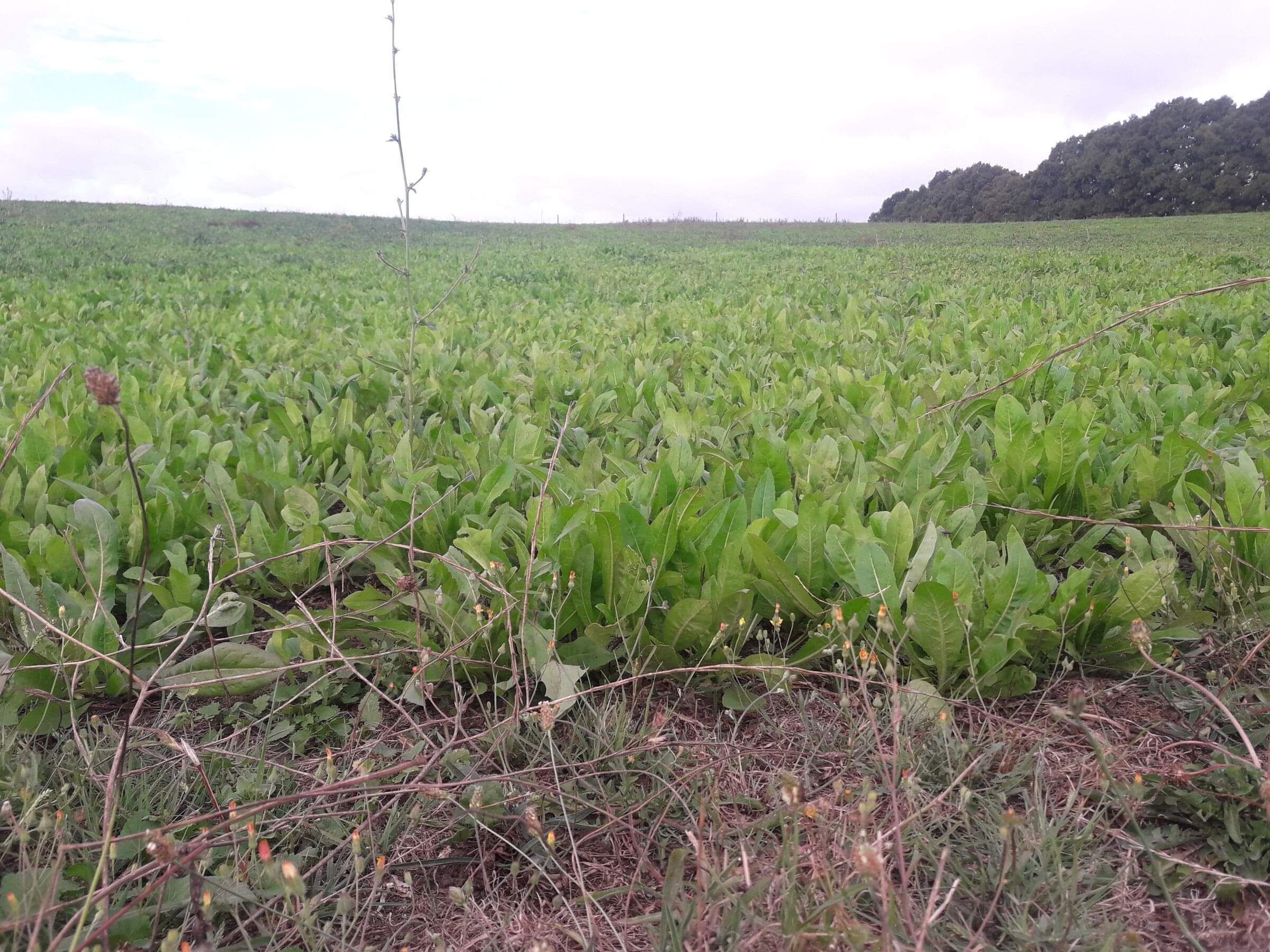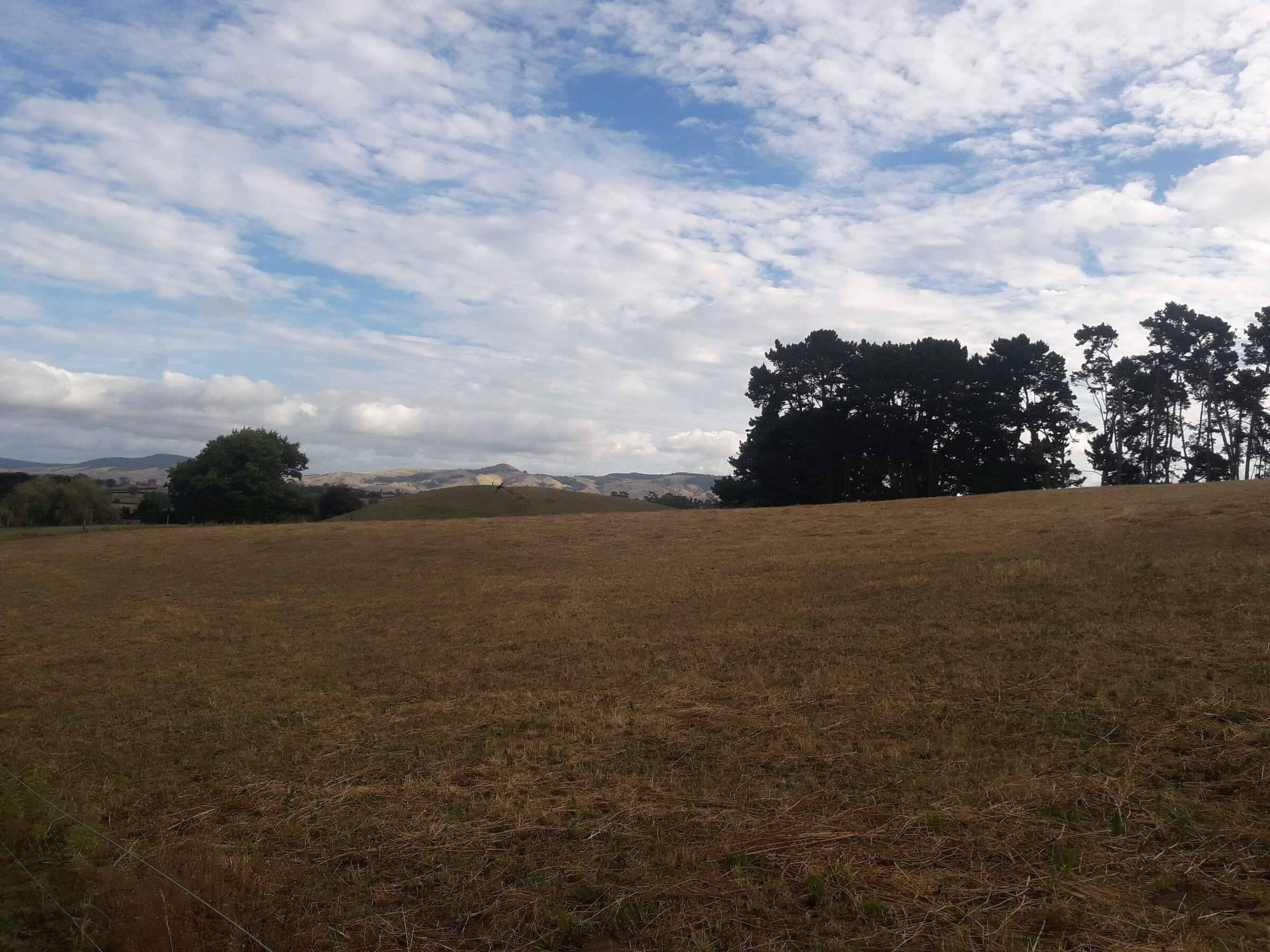Drought Survival Strategies
Significant summer droughts are becoming more and common so planning is becoming the key thing you can do to mitigate the effects. Plan for the worst is the only strategy that won't leave you short come the end of February when the rain gauge stays stubbornly empty.
Summer droughts cause two key problems for you as farmers:
1) The effect of heat on cows
The key point to remember in the summer is that cows are not heat tolerant. As the ambient temperature and humidity increase, the cow’s body temperature also rises. Her natural response is to do less activity that generates heat, such as grazing. This also means less feed to process and less internal metabolic heat to cope with as a result. The higher the fibre level, and lower the digestibility, the more heat that is generated during digestion.
2) The effect of drought on grass growth
Most ryegrass does not cope well with high summer temperatures, and even less well with
moisture stress, the bulk of the cows diet is likely to be of poor quality.
Add 1 and 2 together and we have the situation where the cow wants to eat less, and the pasture is of poor quality.
The aim then is to feed the cow feeds that are high in energy or nutrient dense, are easy to harvest (little activity required), and that meets the requirements of the rumen microbes to ensure optimum milk production.


So What Are Our Options?
1) Supplementary feeding with plants such as turnips, silage or PKE - see here for further details
2) Moving away from ryegrass to drought resistant crops such as chicory and plantain or planting paddock mixes
3) Changing up milking to 16hr or OAD. This can be managed to ensure cows are not walking in the heat and are not wasting precious energy on walking that could otherwise be used for making milk or body condition
4) Cull empties early - if you are getting short on feed removing your empties early will allocate more feed per head for the remaining cows
5) Outsource youngstock grazing - if you are consistently short on grass year on year then it may be time to look at sourcing a run off block to ensure extra feed for youngstock and that they are not taking feed from the milking platform
6) Perform a body condition score and dry off cows in low condition now. With low levels of feed available these cows will need longer to replace condition than when feed is plentiful.
7) Provide cows with shade, increase tree planting on property and plan carefully to utilize the shade you do have. This may mean leaving cows in one or two paddocks where shade is plentiful and bringing the food to them
8) Ensure water supply is fit for purpose and demand. Milk is X parts water and in the heat cows will drink up to X extra L per day. ensuring your water supply is fit to cope with this demand will help cows stay cool and keep production levels up for longer